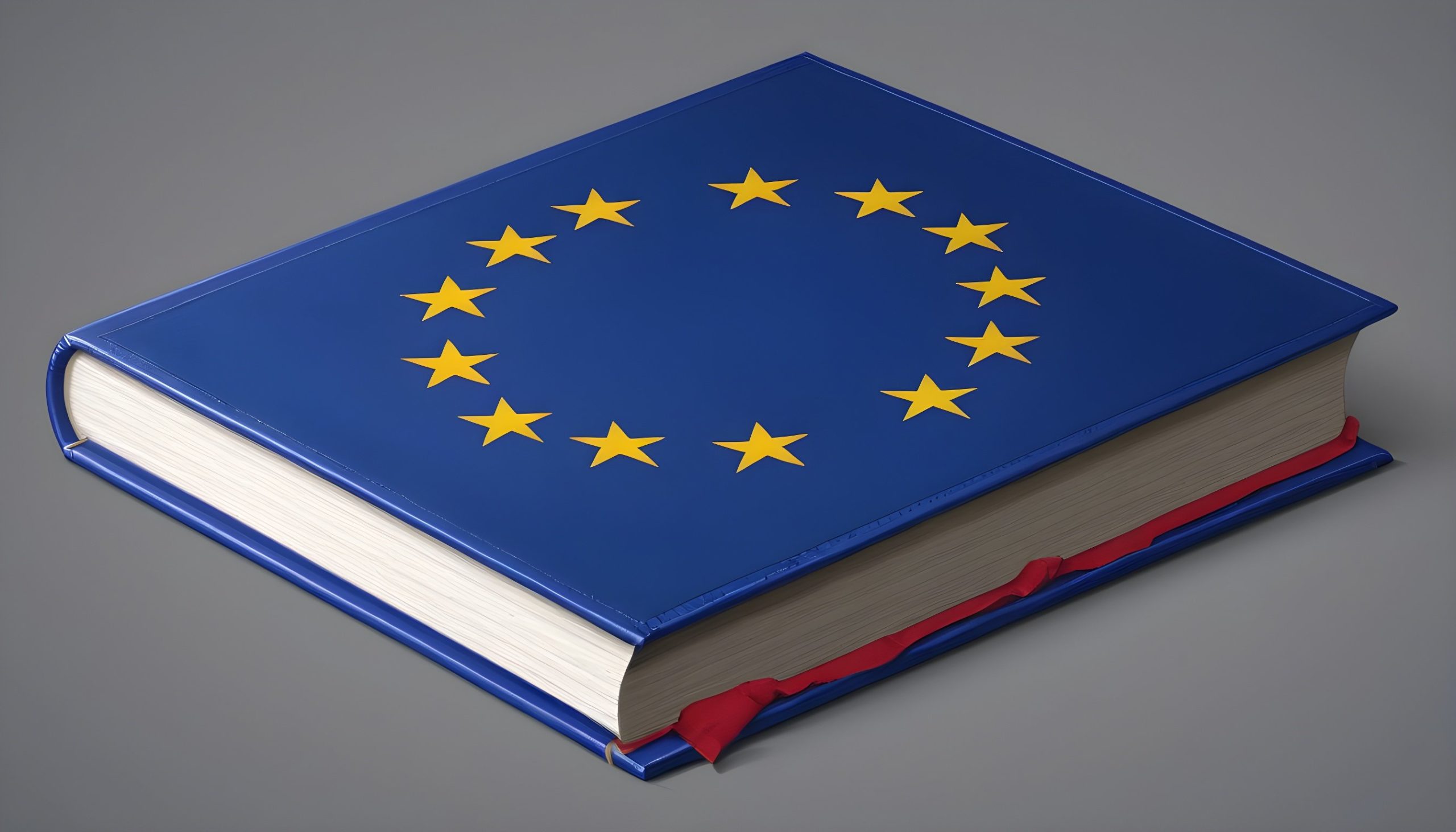On March 13th, the European Parliament made history by granting final approval to the EU AI Act, marking a pivotal moment as one of the world’s first comprehensive sets of AI regulations.
This legislation aims to ensure trustworthy, safe, and respectful AI within the EU, prioritizing both innovation and the preservation of fundamental rights, according to the EU Parliament’s website. The vote itself was decisive, with 523 members in favor, 46 against, and 49 abstaining.
The journey to this point has been a lengthy one. The legislation was initially proposed five years ago, gaining momentum as powerful artificial intelligence models became more prevalent. After extensive negotiations, a provisional agreement was reached in December 2023. This was followed by a 71-8 vote of approval by the Internal Market and Civil Liberties Committees in February 2024.
Key aspects of the AI Act
- Ban on High-Risk Practices: The act prohibits certain high-risk uses of AI, such as real-time mass surveillance and systems that manipulate human behavior. categorizes machine learning models based on their societal risk, with the most stringent rules applied to high-risk models. “Unacceptable risk” applications are completely banned, encompassing anything deemed a threat to safety, livelihoods, or fundamental rights. Examples include social scoring by governments and voice-assisted toys encouraging dangerous behavior.
- Transparency and Explainability: Developers will be required to ensure their AI systems are transparent and explainable. This means users should be able to understand how the AI arrives at its decisions.
- Human Oversight: The act emphasizes the importance of human oversight in AI systems, particularly in high-risk applications.
- Algorithmic Bias: The legislation addresses potential bias within AI systems, aiming to mitigate discriminatory outcomes. The EU has developed a “Compliance Checker” tool to help organizations determine their positioning within the legislation. The “vast majority” of AI systems currently used in the EU fall under the “minimal-risk” category, allowing for free use in applications like video games and spam filters.
Implementation
Following the vote, minor linguistic adjustments will be made during the translation process into all EU member state languages. This will be followed by a second vote in April and publication in the official EU journal, likely in May according to a EuroNews report. Bans on prohibited practices will begin in November, although Benifei clarifies that full mandatory compliance will come with a timeline.
The EU Parliament’s move reflects growing global concerns about the potential risks associated with AI, such as job displacement, privacy violations, and algorithmic bias. This legislation sets a strong precedent for responsible AI development and deployment.
But the passing of the AI Act is just the first step. Now comes the critical task of translating its principles into practical regulations and establishing robust enforcement mechanisms. The success of the AI Act will hinge on effective collaboration between governments, industry leaders, and civil society organizations.
















